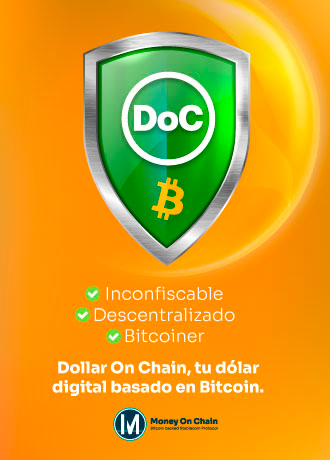La política económica de Bolivia vivió un punto de inflexión el 25 de noviembre, cuando el ministro de Economía, José Gabriel Espinoza, confirmó que el país integrará por primera vez las criptomonedas —comenzando por las stablecoin— dentro del sistema financiero formal. Este anuncio marca un cambio fundamental en un país que, hasta hace apenas dos años, mantenía una prohibición estricta sobre el uso de activos digitales.
Espinoza enmarcó la medida dentro de una estrategia de modernización estatal, destacando que Bolivia debe “reconocer la realidad cripto global” y utilizarla en beneficio propio. El mensaje es claro: el gobierno no solo busca regular, sino también aprovechar el creciente ecosistema digital que ya funciona entre usuarios bolivianos, muchas veces fuera de los canales bancarios tradicionales.
Un país que pasó de prohibir a adoptar
Bolivia había mantenido una postura prohibitiva hacia las criptomonedas desde la Resolución 144/2020 del Banco Central. Sin embargo, esa barrera cayó oficialmente el 25 de junio de 2024 con la nueva Resolución 082/2024, que reconoció formalmente a los “activos virtuales”.
A partir de esa fecha, las instituciones financieras pudieron comenzar a procesar transacciones de criptomonedas a través de canales verificados. Ese simple cambio detonó una transformación inmediata: el volumen de transacciones supervisadas saltó de 46,5 millones de dólares en la primera mitad de 2024 a 294 millones en los primeros seis meses de 2025, un aumento de más del 530%.
La banca boliviana ofrecerá productos basados en stablecoin
Con la nueva política anunciada por Espinoza, los bancos podrán ofrecer:
Cuentas de ahorro con soporte cripto
Tarjetas de crédito asociadas a stablecoin
Préstamos denominados o respaldados por activos digitales
Procesamiento de pagos en criptomonedas como “instrumento de curso legal”
Esto no significa que las empresas deban aceptar criptomonedas como método obligatorio de pago, pero sí que el sector bancario incorpora estos activos dentro de su oferta regulada.
El ministro subrayó que esta integración busca reducir la informalidad y aumentar la inclusión financiera, dos problemas estructurales en la economía boliviana.
Bolivia: 15.000 millones en volumen cripto y un crecimiento explosivo
Según el informe Geography of Cryptocurrency 2025 de Chainalysis, Bolivia procesó 14.800 millones de dólares en transacciones cripto y stablecoin entre julio de 2024 y junio de 2025, ubicándose en el puesto 46 del ranking mundial de adopción.
Entre los datos más relevantes:
Mayo de 2025 fue el mes de mayor actividad, con 68 millones procesados.
Desde la eliminación de la prohibición hasta mediados de 2025, se registraron 430 millones de dólares en más de 10.000 operaciones reguladas.
El 86% de las transacciones correspondió a personas naturales, no empresas.
Los canales dominantes fueron Binance y la stablecoin Tether (USDT).
La participación cripto alcanzó aproximadamente al 3,5% de la población en 2024.
Aun así, la criptoeconomía boliviana sigue lejos de los líderes regionales:
Brasil: 318.800 millones USD
Argentina: 93.900 millones USD
Sin embargo, la velocidad del crecimiento en Bolivia refleja un fenómeno claro: la población busca refugio ante la depreciación del boliviano.
Por qué las stablecoin son clave en Bolivia
Las stablecoin, especialmente USDT y USDC, se han convertido en una herramienta esencial en países latinoamericanos donde la inflación y los controles de capital afectan la capacidad de ahorro en moneda local.
En Bolivia, donde el boliviano enfrenta tensiones cambiarias recurrentes, las stablecoin ofrecen:
Estabilidad frente al dólar
Fácil acceso desde canales digitales
Protección frente a la depreciación
Capacidad de uso para pagos y remesas
El gobierno boliviano reconoce ahora ese comportamiento social y busca integrarlo en el marco legal para evitar riesgos y frenar la fuga hacia mercados informales.





